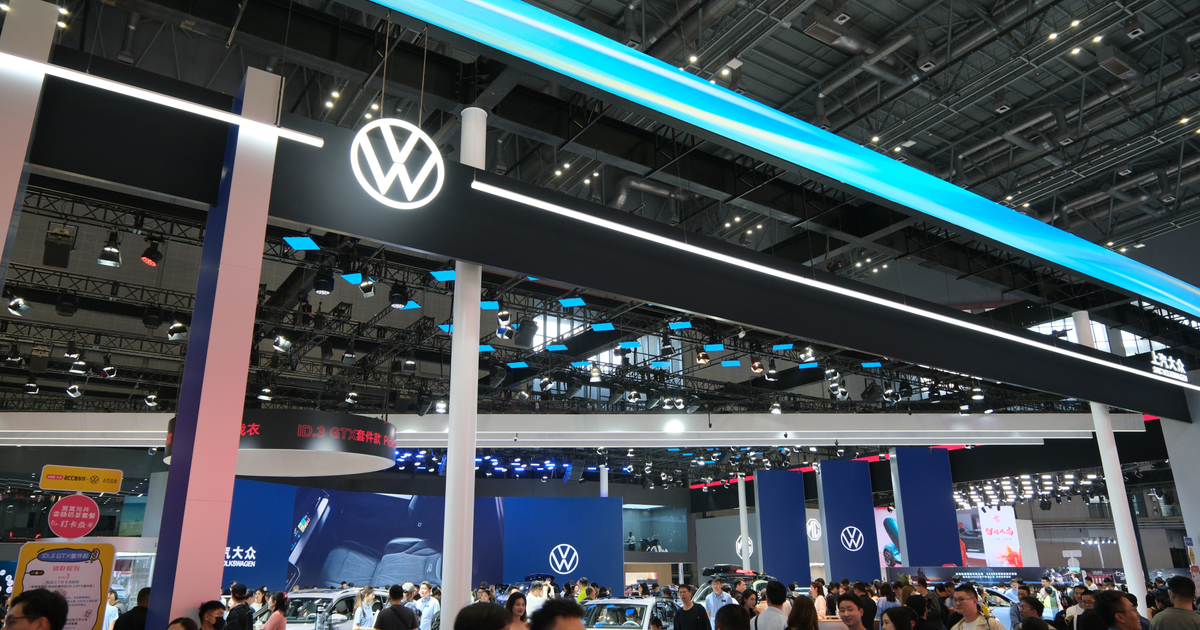How the auto workers strike will affect the ad industry
Ford, General Motors and Stellantis could curtail spending if the UAW strike lingers, experts say.

The unprecedented United Auto Workers strike against Ford, General Motors and Stellantis could potentially add a new headwind for the ad industry, just as the spending outlook had brightened with recession fears largely in the rearview, at least for now.
The strike—which began at midnight Friday when union workers for the so-called Detroit 3 began walking off the job at several plants—will decrease inventory if it lasts for an extended period of time, putting more pressure on brands to curtail marketing, according to analysts and ad industry executives.
“If [the strike] lasts a couple of days, no big deal. If it lasts a couple of weeks, then I think it is going to start impacting things,” said one ad industry executive who has a Detroit 3 client. “There is a broad-based effort on behalf of auto companies to save money wherever they can right now—I think that will find its way to advertising.”
This person, who spoke on the condition of anonymity, added: “I think it’s already having an impact. We started getting calls two weeks ago about battening down the hatches. They have media that has been bought and they need to fulfill those commitments and they need to continue investing in their brands and all that kind of stuff. But I don’t see them buying a lot of extra media.”
But another ad agency exec who works for a Detroit 3 brand said, “There is no crisis mode at the moment from an ad spend perspective—it’s more like eyes wide open, let’s keep moving.” Still, this person said the client has already been “more cautious with money,” although that is more related to a long-term desire to spend more wisely, regardless of the strike.
Related: What advertisers should know about the SAG-AFTRA strike
In its 88-year history, the UAW, which is seeking a 36% wage increase, has never before gone on strike against the three Detroit automakers. But while the strike is unprecedented, it’s also true that the Detroit automakers account for a smaller share of the auto market—and ad spending—than decades ago, when the old Big 3 (GM, Ford and Chrysler) ruled the market.
GM (Buick, Chevrolet, Cadillac and GMC), Ford (Ford and Lincoln) and Stellantis (brands including Chrysler, Dodge, Jeep and Ram) held a combined 41% U.S. auto market share in 2022, according to unit sales figures from Ad Age sibling Automotive News. The three companies last year accounted for $2.5 billion, or 36%, of all automakers’ U.S. measured-media ad spending, according to Ad Age Datacenter’s analysis of figures from Vivvix, including paid social data from Pathmatics. (Those figures exclude spending by dealers and dealer associations.)
Ripple effects
So far, the UAW walkouts have been gradual—nearly 13,000 hourly workers at three large assembly plants—but the pace could increase with no agreement, according to Automotive News. The publication reported that the strike will immediately “halt production of profitable, high-demand vehicles including the Ford Bronco, Jeep Wrangler and Chevrolet Colorado and could have devastating ripple effects on suppliers, contractors, dealers and the broader economy in the coming weeks if new deals remain elusive.”
“If inventories start to thin, there will be less need for ad spend since there won’t be as much metal to move, but the timeframe for this reality will not be the same for all three Detroit automakers,” Jessica Caldwell, head of insights at Edmunds, which provides car shopping information to consumers, told Ad Age in an email.
“Stellantis has more inventory built up and can withstand a more substantial strike, whereas Ford and GM have less inventory built up for the affected lines, so bottom-line impact might be felt quicker for those brands. Right now, the strike is limited to midsize trucks and not the full-size trucks that underscore the Detroit Three’s profitability. So the impact is not as vast as it could be, but the UAW has said that adding more plants to the striking list is very much a real possibility.”
Brian Wieser, principal and founder of media and ad consultancy Madison and Wall, told Ad Age that if “the strike is prolonged and leads to meaningful inventory challenges, that would result in less spending on advertising from the Big 3.”
In a report issued earlier this month, Wieser forecast a 5% increase in total U.S. ad spending to $363 billion in 2023, with a 4.3% bump in 2024, excluding political advertising spend. Asked today if the strike might change that forecast, he said in an email that “on the margins, it could,” but added that “the [Detroit 3] probably only represents a low single-digit percentage of all advertising, although much more of local broadcasting. So while it’s not massive, it’s not nothing.” On a measured-media spending basis, GM, Ford and Stellantis in 2022 accounted for just 1% of U.S. measured-media advertising, according to Ad Age Datacenter.
Bookmark this page for more automotive news
Conquesting
On the flip side, “it’s very possible that other manufacturers would look to fill the void with increased advertising of their own in order to pursue market share gains,” Wieser said.
Dean Evans, a former chief marketing officer at Hyundai and a former Cars.com executive, suggested that automakers outside of the Detroit 3 are probably already thinking of ways to take advantage of the situation. “And I would say that since loyalty is at an all-time low, it's the best time to conquest,” he added, referring to attempts to get people to switch brands.
“If you’re Toyota, I would surely put my Tundra in front of that [Ford F-150] customer. Because the odds of them finding what they want are going down, down, down. And so your odds and conquesting are going up, up,” he said.
Toyota declined comment. A Hyundai spokesman said, “We have no plans to adjust any of our marketing strategies at this time," while American Honda stated, “We do not have any plans to adjust our marketing strategies due to this industry issue.”
The actions of competitors could be dictated by their own supply situation. The industry is still recovering from supply chain headaches that started during the early days of COVID, which included microchip shortages.
“Although inventory levels are certainly in a more normal state than last summer, they still haven’t fully recovered. Large automakers like Honda and Toyota are operating with very low inventory and aren’t really in a position to target Detroit Three customers from an inventory standpoint,” Caldwell said.
GM, for its part, has been running a campaign that touts the benefits it provides workers. The effort, called “Earn a Living. Make a Life,” includes a dedicated website and a video that spotlights individual workers, showing what they do at work and outside of work. Asked about the effort's connection to the strike, a GM spokesperson stated: “Earn a Living, Make a Life launched over a year ago and is a celebration of our manufacturing employees and their diverse talents. GM is committed to cultivating a culture where the unique talents and interests of our 155,000 global employees are appreciated every day.”
Contributing: Bradley Johnson

 BigThink
BigThink 






























.jpg&h=630&w=1200&q=100&v=a905e78df5&c=1)
